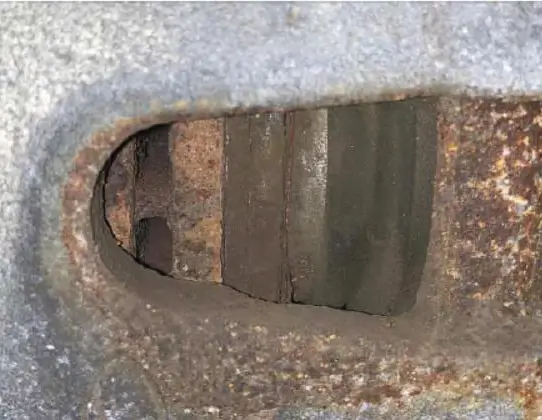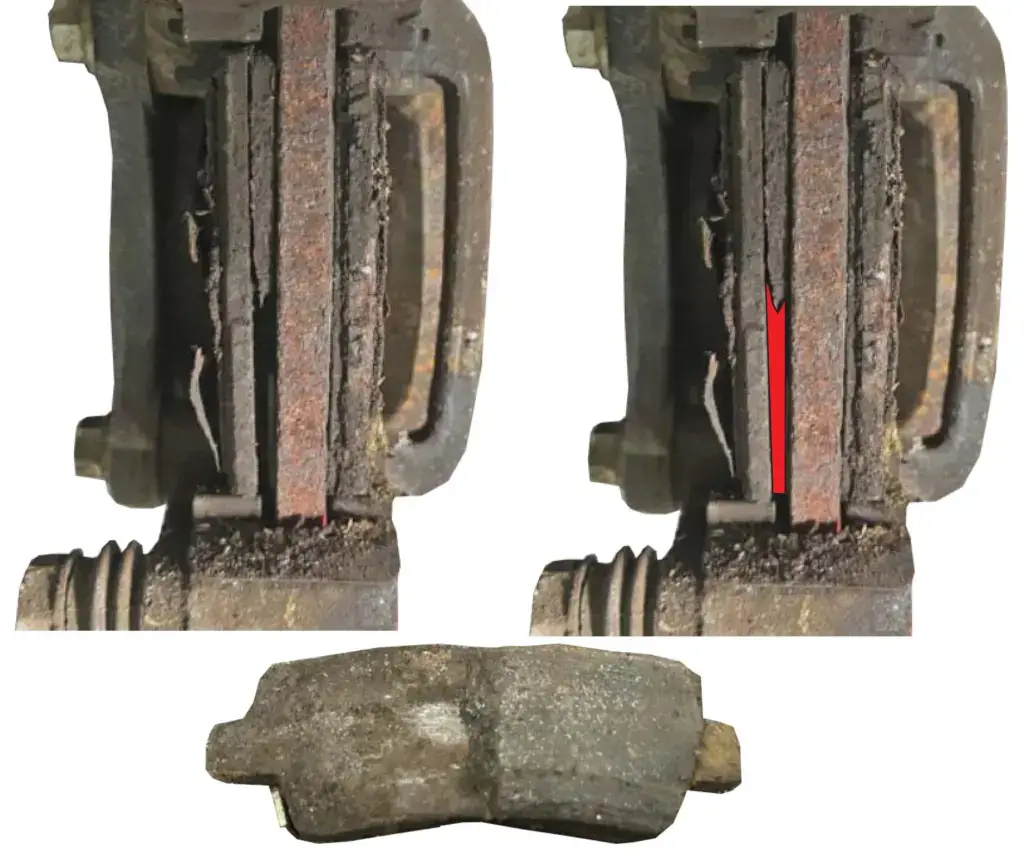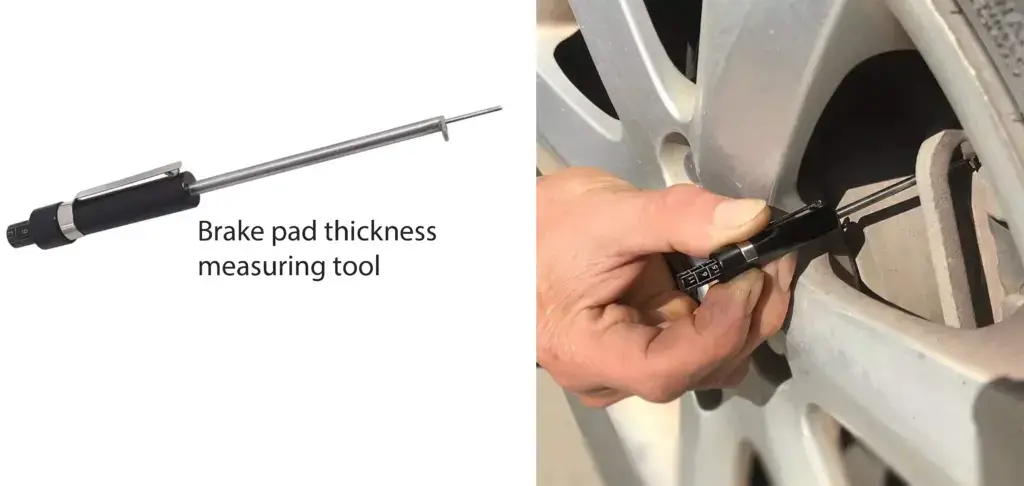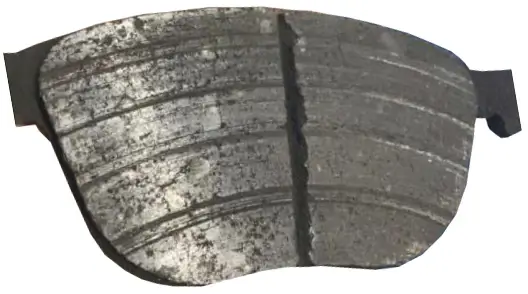Why you don’t want a free brake inspection
Free brake inspections are pretty worthless because they’re not accurate
Measuring the thickness of the outboard brake pad is not a valid brake inspection
When shops offer a free brake inspection, they usually just measure the thickness of the outboard brake pad, often without removing the wheel. That tells you the thickness of the outboard pad, but doesn’t tell you anything about the thickness of the inboard brake pad or the actual condition of the brake pads.\
Here’s why you can’t judge brake pad condition by measuring just the outboard brake pad thickness
1) The inboard and outboard brake pads wear at different rates. Even with a properly operating caliper, the inboard brake pad always wears slightly more (2-3mm) faster than the outboard brake pad.
2) The inboard pad tends to run slightly hotter than the outboard pad due to less airflow
3) If the caliper slide pins are sticking and the caliper isn’t releasing properly, the inboard pad can have significantly more wear than the outboard brake pad
Viewing brake pads through the caliper inspection window is not a valid inspection
Even if you can see both the inboard and outboard brake pad thickness through the inspection window, that doesn’t tell you the condition of the brake pad, so it’s not a valid brake inspection.

Inspecting brake pads though the caliper window only tells you the thickness of the brake pads, not their condition
Inspecting the outboard brake pad can miss serious problems on the inboard pad
Here’s an example of what you can miss by inspecting only the outboard brake pad.
This caliper is seized, causing the inboard pad to overheat. The high heat caused the brake pad friction material to de-bond from the backing plate and crack off.

What’s involved in a full brake inspection?
• Remove the wheels
• Remove the caliper
• Remove the brake pads and inspect for grooving, delamination from the backing plate.
• Inspect the brake pads for even wear (inboard pad wear not to exceed 2-3mm more than outboard pad)
• Inspect for torn caliper piston dust boot
• Inspect phenolic piston for chips, cracks or deterioration
• Inspect steel piston for rust
• Inspect abutment for signs of rust and wear.
• Check for signs of leaks
• Inspect flexible brake line for cracks, tears, signs of leaks or deterioration
• Test brake fluid for moisture content, pH balance and copper content
©, 2023 Rick Muscoplat


